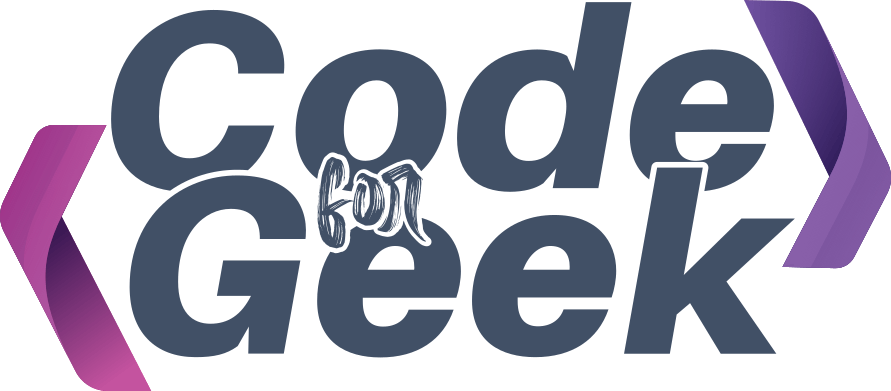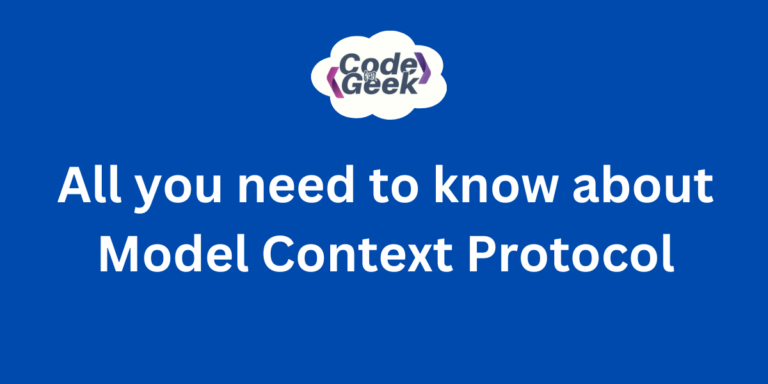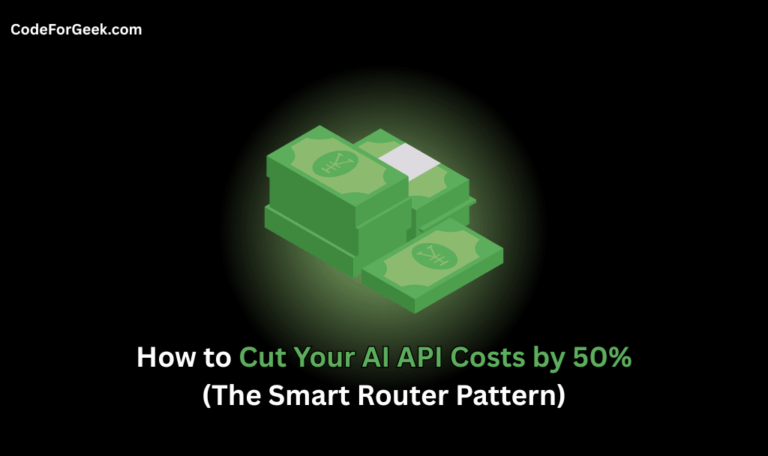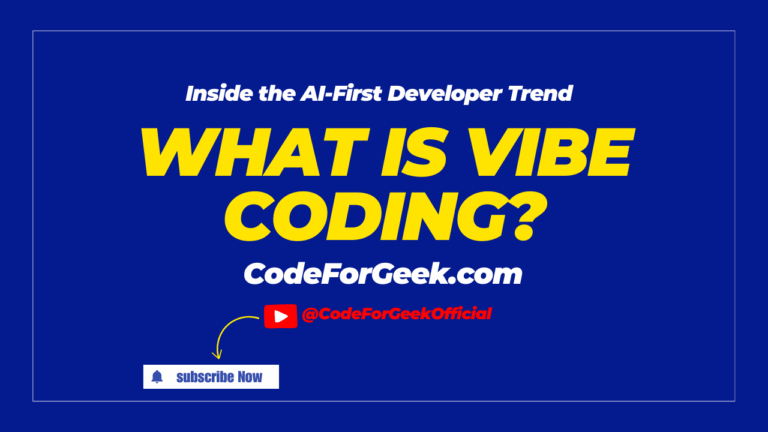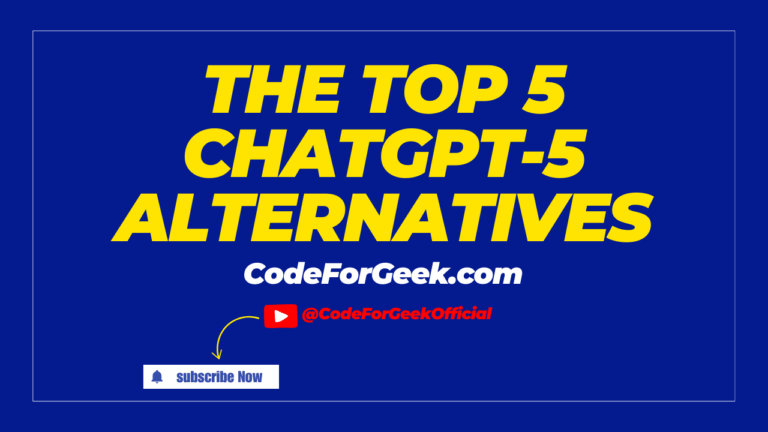In today’s fast-changing technology world, systems are often required to process and shuttle background information—so-called “context”—among different components. MCP enters the picture here.
MCP is a formal way of making contextual information move freely among different components of a system. Whether you are building a smart chatbot, an IoT solution, or a sophisticated machine learning system, MCP is absolutely essential to enabling communication among standalone modules.
What is Model Context Protocol?
Consider building a robot that can talk to you, suggest movies, tell you what illnesses you have, and even manage your smart home. To do all that, the robot needs a plethora of “brains” (AI models) working together. But how do those brains talk to each other, stay organised, and prevent things from getting disorganised? That’s where the Model Context Protocol (MCP) is used.
MCP is a framework that is used to control sophisticated AI systems. It is like a machine learning model project manager that makes sure they run efficiently, comprehend context, and communicate smoothly. Model Context Protocol is a standard set of rules that defines how context is established, passed, and refreshed between various locations of a system.
Here’s what it means in simple terms:
- Defining Context: In MCP, “context” is any background information that a model might need. This can be past user interactions, settings, sensor readings, or historical logs. This information is very important in making good decisions.
- Standardized Communication: MCP establishes a uniform method for how context is structured and passed around among modules. That is, every component of the system knows the context in the same manner, eliminating confusion.
- Interoperability: Another advantage of MCP is that it allows heterogeneous models or components—perhaps constructed with disparate technologies—to coexist peacefully. MCP is the binding that holds these different pieces together by requiring that context be treated consistently.
MCP Architecture
MCP is composed of three main layers:
- Model Layer
- Context Layer
- Protocol Layer

Here’s what each layer does:
1. Model Layer
This is where the AI models reside. Every model is an expert with a certain aptitude.
For instance:
- A language model understands text.
- An image recognition model recognises objects in images.
- A recommendation model suggests products.
The Model Layer maintains these models and has them readily available when they are required. This Layer is not just for storing data—it also tracks different versions. For example, when a new version of a language model is added, the Protocol Layer (which we will get to later) can decide to use the new model or the previous model based on the task.
Imagine a library in which each book represents a distinct AI model. The Model Layer is the librarian who is aware of where each book is.
2. Context Layer
Context refers to “the situation or environment”.
In AI, context encompasses:
- User preferences (such as a consumer’s purchasing history).
- Conversation history indicates what individuals discussed previously in a conversation.
- Live data (e.g., real-time sensor data from a home with smart technology).
The Context Layer is a memory bank. It collects and stores this information to allow models to make decisions based on the bigger picture.
This Layer can operate off real-time information. In a driverless car, for instance, the Context Layer continually updates information on road conditions, traffic, and pedestrian movement in order to enable models to act in real-time.
If you ask a chatbot, “What is the weather today?”, the Context Layer assists the bot in knowing where you are so that the bot can respond accordingly.
3. Protocol Layer
This layer is the guide for how models work together.
It decides:
- Which model is applied to a task?
- How to share data among models.
- How to deal with errors or conflicts.
The Protocol Layer ensures models are able to collaborate without interfering with one another.
Two components of the Protocol Layer:
- Priority Routing: High-priority tasks (such as detecting fraud in banking) are given higher priority than low-priority tasks (such as sending marketing emails).
- Fallback Mechanisms: If a single model fails, the Protocol Layer forwards the task to another model.
Consider traffic lights that assist vehicles at a crossing. The Protocol Layer is the traffic light system for AI models.
MCP Communication Process
Let us break down the MCP communication process:
Step 1: Collection of Context
Several context providers fetch data in parallel. For instance, one can be fetching recent user activity, and another can be fetching system performance.
Step 2: Combining and Handling
The context manager collects all the information, removes the unnecessary data, and creates a clearly defined context package. The package presents the current system status.
Step 3: Distribution to Consumers
Upon processing, the context manager forwards the package to the corresponding consumer models. These consumers apply this context to modify their functioning, such as altering their response or refining recommendations.
Step 4: Continuous Real-Time Updates
Whenever new information is obtained, the context manager continues to refresh the context package. In this manner, users are given current information at any given time.
How to Implement MCP?
Here is a step-by-step implementation guide:
Step 1: Model Registration
Register all AI models in the Model Layer, such as fraud detection and language translation.
Step 2: Context Setup
Determine what data the Context Layer must monitor (e.g., user history, present sensors).
Step 3: Protocol Configuration
Establish rules within the Protocol Layer:
- Prioritize high-priority tasks (e.g., fraud detection > email generation).
- Create backup models for emergencies.
Step 4: Testing
Test-run models and protocols to make sure they work together (e.g., test a failed transaction).
Applications of MCP
MCP is versatile. This is where it excels:
- Finance: Identifies fraud, forecasts stock trends, and customizes banking services.
- Healthcare: Blends patient history, laboratory findings, and AI diagnosis for proper treatment plans.
- Retail: Merges browsing history, inventory information, and shopping chatbots for customized shopping.
- Autonomous Vehicles: It uses real-time information provided by cameras, GPS, and sensors to guide driving behavior.
Conclusion
The Model Context Protocol (MCP) is the glue that unites complex AI systems as a cohesive whole. By partitioning models, context, and rules into three distinct layers, it enhances the scalability, efficacy, and intelligence of AI. Whether it’s a chatbot fixing customer issues, a bank thwarting fraud, or a smart home that knows your routines, MCP keeps every member of the AI “team” harmonizing.
For you, the concept of MCP is an excellent starting point in the study of AI architecture. With the passage of time and advancements in technology, frameworks such as MCP will play a vital role in constructing tomorrow’s smart systems.
If you are interested in AI working techniques, here are some more articles for you:
- What is RLHF? How It Works in ChatGPT
- What is Moe in DeepSeek? A Beginner’s Guide
- DeepSeek R1 Explained: How the Chain of Thought Model Works
- What Are Tokens in ChatGPT – A Simple Explanation
